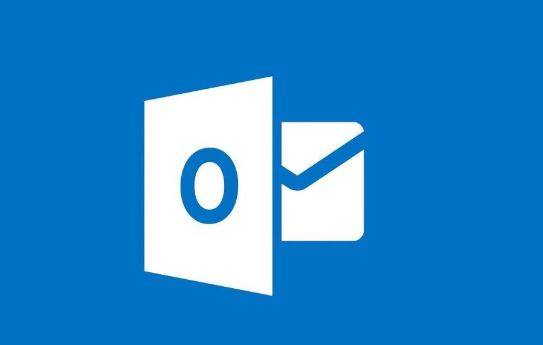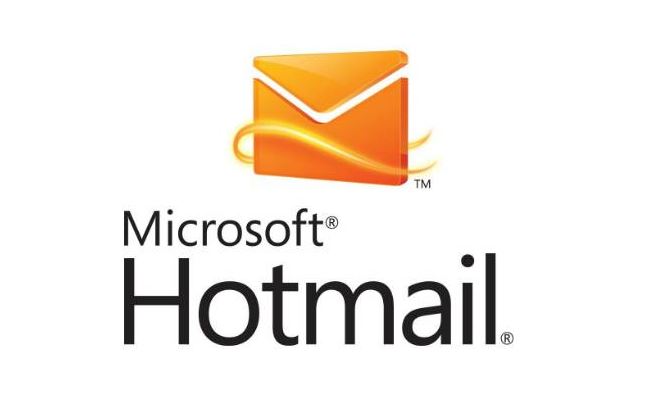
The history of Hotmail, one of the biggest and most popular e-mail services of the 2000s, from its creation to its purchase by Microsoft, the decay and transformation of Outlook.com.
If you used the old MSN Messenger from Microsoft, it is very likely that the registration was made with an email from Hotmail . The webmail service was quite popular at the turn of the millennium, especially when it was linked to Microsoft’s messenger, but ended up losing a lot of space after the arrival of Gmail.
What many may not know is that Hotmail is much more important to the history of the internet than it appears at first. Without it, e-mails would probably not be the same as they are today. In 1996, when Hotmail was launched, there were only paid emails that depended on specific carriers and software. So users needed to subscribe to a provider for email, install a program to use it, and were only able to access messages from a specific computer.
Hotmail was launched with a different concept: it was free and open to anyone. And more than that, it could be accessed from anywhere in the world: just like a webmail, all you had to do was access the Hotmail website from any browser, enter your credentials and that’s it – all your messages could be accessed regardless of which part of the planet you were.
Integration with services like MSN Messenger was important for maintaining the popularity of webmail, but little by little it ended up in disgrace: without offering the same storage space as competitors, and with an old-fashioned and confusing interface, Hotmail practically became joke from the second half of the past decade.
To try to change the image of the service, Microsoft relaunched Hotmail in 2012 under the name Outlook.com . All old accounts are compatible with the service, but now with a modern interface and advanced features.
The Trenovision has prepared a special article with the history of Hotmail creation through transformation in Outlook.com. Check it out below:
Also Read : Top 10 New Technology 2020
Table of Contents
How to sign in to your Hotmail account from Outlook.com
Although the service has officially changed its name, it is still possible to access the Hotmail account through Outlook.com . To do this, simply access the official Microsoft webmail website and, when entering your login credentials, just type in your old Hotmail email address and password.
By doing this, you will go directly into your Hotmail account inbox , being able to access all messages stored there. Remember that some old accounts may have been canceled by Microsoft due to lack of activity on the part of the user.
The history of Hotmail

The beginning
Unlike today, it was very difficult to get an email account in the early 90s. Existing services were paid for and not exactly simple. Users needed to hire an ISP and then install specific software to be configured with that email account.
While the Internet did not reach many people – access to it was quite restricted in the early years – that was not exactly a problem. But as more and more users gained access to the network, that needed to change.
But that changed in the mid-1990s. Indian developer Sabeer Bhatia arrived in the United States in the late 1980s, and in the following decade he started working on communication technologies. Along with colleague Jack Smith, Bhatia wanted to create an email that could not be spied on by anyone and could be accessed via the web.
The idea was good, but it took a while to put it into practice. Bhatia and Smith started working on the e-mail service in 1995, and the following year, after getting an investment of $ 300,000, they managed to put it on the air. The name chosen was a hoax with HTML – the website programming language. Thus, they arrived at Hotmail, which was officially launched on July 4, 1996.
With 1 million users in a few months, Hotmail made it clear that there was a huge demand for free accounts and email accessible anywhere that had not yet been explored by the technology industry. The success of Hotmail also caught the attention of giant companies, and one of them was ready to make an offer to purchase the service.
Microsoft’s purchase, the rise of popularity and the fall

By accumulating a large number of users in a very short time, Hotmail started to attract the attention of technology giants, being seen as a promising internet startup when the world wide web started to gain popularity around the planet.
One of the companies that took an interest in the service was Microsoft. After negotiating with the creators of Hotmail, in December 1997 Bill Gates paid $ 450 million for the company. It was, at the time, the biggest acquisition of an internet startup.
Under the care of Microsoft, Hotmail was incorporated into MSN services, and in the following years it grew to become one of the largest webmails in the world. In large part, Hotmail’s success is also due to MSN Messenger, Microsoft’s instant messaging service that was quite popular in the 2000s. Anyone who wanted to chat with friends needed to create a Microsoft account – and Hotmail’s email was the best way to achieve this.
And everything was going well in the history of Hotmail until 2004, when Google launched Gmail. The service’s differential was the internal space – users had 1 GB to store e-mails. Hotmail offered a few megabytes, forcing users to delete old messages from time to time.
Gmail also stood out in terms of functionality and interface, and even though Hotmail ran after it to offer similar tools, it was too late: Gmail has become the most used email service in the world, and still maintains its high popularity today. .
Hotmail started to be considered practically a joke in the mid-2000s and underwent a major transformation in 2012. On that occasion, it was renamed to Outlook.com and all old accounts migrated to the new service, which is considerably more modern than the old Hotmail and continues to receive news from Microsoft today.
Also Read : The Story Behind The Android Logo



